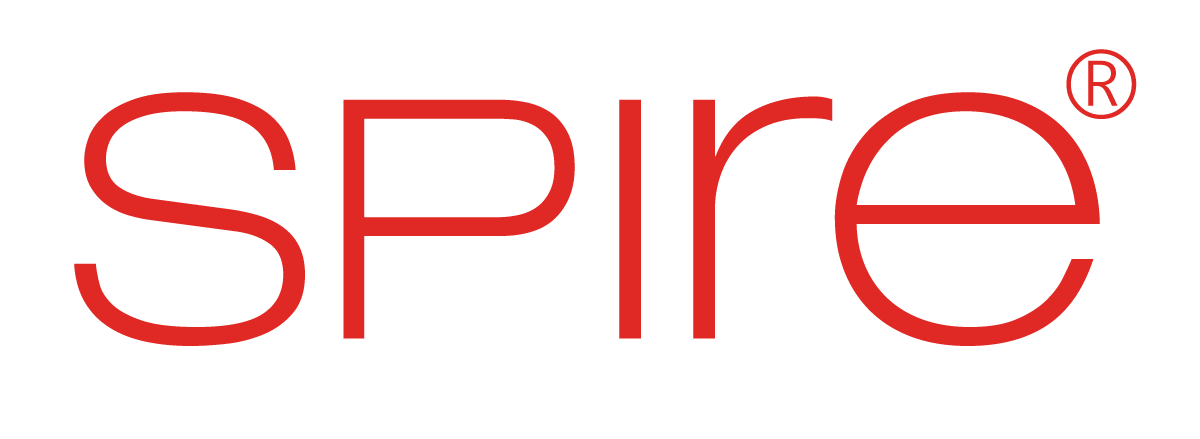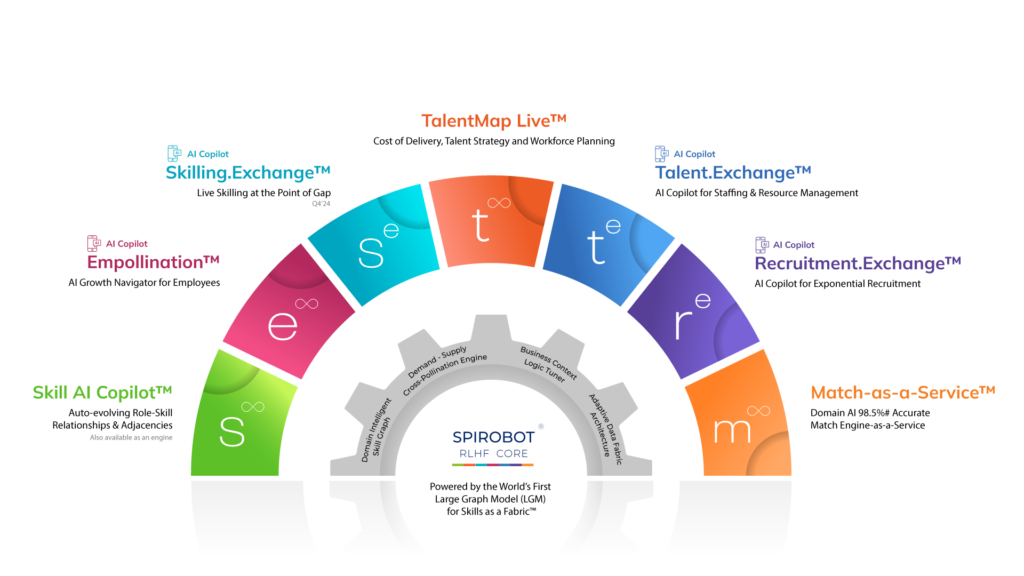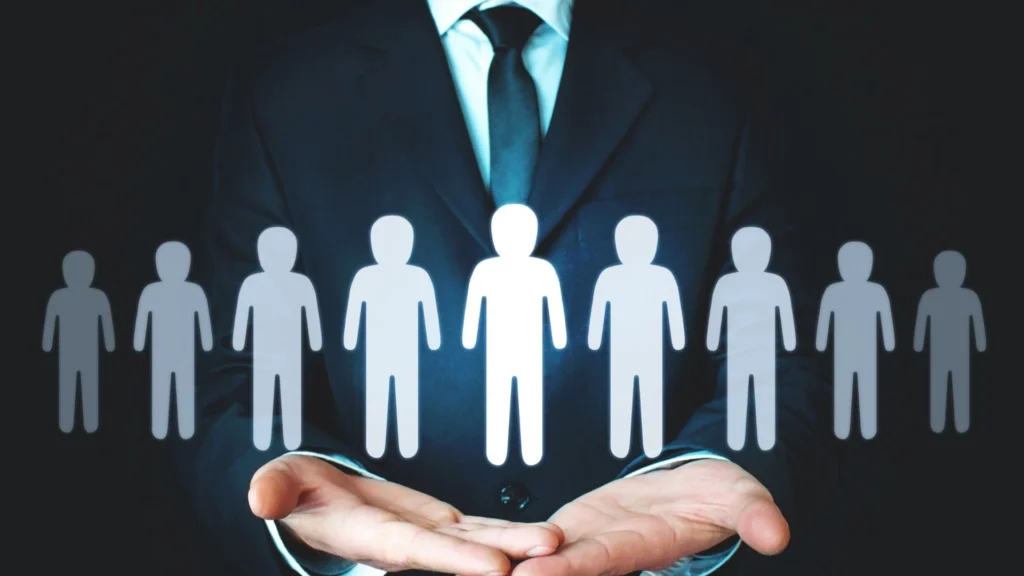In an era where change is the only constant, CHROs and HR leaders must rethink how learning and development (L&D) is structured and delivered. The days of static training programs, rigid annual learning calendars, and one-size-fits-all content are over. To remain competitive and resilient, organizations must embrace a new model of skilling that is continuous, context-aware, and deeply integrated into the flow of work.
This article offers a step-by-step guide for transitioning from traditional L&D models to adaptive, AI-enabled skilling ecosystems. By the end, you’ll understand what it takes to build a workforce that is not only ready for today’s challenges but primed for tomorrow’s opportunities.
Why Static L&D Models Are No Longer Enough
The static, one-size-fits-all learning and development models that dominated corporate training for decades are no longer equipped to meet the needs of a dynamic, digitally driven workforce. Traditional L&D programs typically rely on annual planning cycles, formal classroom settings, and standardized content delivery that lacks real-time adaptability.
This legacy approach leads to several core issues:
- Delayed Responsiveness: Training interventions are often planned months in advance, making them irrelevant by the time they’re delivered. By then, business needs or technologies may have shifted.
- Low Relevance: Generic course catalogs fail to meet the nuanced needs of specific roles or individual growth paths. Employees may find training content irrelevant or outdated.
- Minimal Impact on Performance: With no immediate connection to ongoing work or challenges, static learning fails to drive behavioral change or performance improvement.
- Limited Engagement: Participation often becomes a check-the-box activity. Studies by Gallup indicate that only 25% of employees strongly agree that their learning opportunities are directly related to their job.
- Skill Decay and Waste: When employees are trained on skills they don’t use right away, knowledge fades quickly. This leads to resource waste and poor ROI.
Moreover, industries undergoing rapid digital transformation cannot afford such rigidity. According to the World Economic Forum, 50% of all employees will need reskilling by 2025. Static L&D systems simply cannot deliver the velocity, relevance, or personalization required to close that gap.
To build a workforce that can adapt and thrive, organizations must shift from reactive, episodic skilling to systems that are continuous, personalized, and tightly integrated into work itself.
What is Continuous, Context-Aware Skilling?
Continuous, context-aware skilling is a modern learning paradigm that reimagines how and when employees gain new capabilities. Unlike traditional models that rely on scheduled training sessions, this approach embeds learning directly into the employee’s workflow and responds in real time to their evolving role, tasks, and aspirations.
Old vs. New Skilling Paradigm
|
Traditional Skilling |
Continuous, Context-Aware Skilling |
|
Calendar-based sessions |
Embedded in daily workflow |
|
Generic modules |
Hyper-personalized interventions |
|
Fixed annual planning |
Real-time updates based on signals |
|
Minimal engagement |
High engagement & relevance |
Continuous skilling means employees are constantly developing skills in response to changing business needs, new technologies, and shifting job roles. It’s proactive, rather than reactive, and ensures that the workforce is always aligned with strategic priorities.
Context-aware skilling, on the other hand, uses real-time data such as project assignments, performance metrics, and role transitions to deliver learning that is immediately relevant. It considers:
- The employee’s current responsibilities
- The team or business unit they support
- Their growth trajectory within the organization
This ensures that each learning opportunity is not only timely but also tailored to the individual’s immediate needs and future ambitions.
For example, if a product manager is assigned to a new AI-driven initiative, the system can automatically recommend learning modules on machine learning fundamentals, data privacy, or agile product design. If a frontline worker is promoted to a supervisory role, leadership and people management skilling can be delivered on demand.
Organizations that adopt learning in the flow of work experience have greater employee performance improvement compared to those that rely solely on traditional training methods. Moreover, the World Economic Forum identifies dynamic skill development as a key factor in future workforce competitiveness.
Ultimately, continuous, context-aware skilling not only enhances employee productivity and engagement but also equips organizations with the agility to pivot, scale, and innovate faster than their competitors.
Step-by-Step Guide for CHROs to Transition to Adaptive Skilling
This framework provides a clear roadmap for HR leaders to move from static to dynamic L&D systems, aligning workforce capabilities with evolving business needs.
Step 1: Redefine the Objective of Skilling
Effective skilling is no longer about compliance or certification it’s about capability building that powers transformation. Companies with a strong learning culture are 52% more productive, according to IBM.
Start by positioning skilling as a core enabler of innovation, agility, and internal mobility.
Step 2: Conduct a Skill Inventory and Role Mapping
You can’t close gaps you can’t see. Begin by auditing your current skills and mapping them to future-ready roles. This creates a baseline and helps prioritize areas for intervention.
Gartner reports that only 33% of HR leaders are confident in their organization’s skill assessment accuracy. A robust inventory can address this gap.
Step 3: Embrace Learning in the Flow of Work
Integrating learning into everyday tools such as Slack, Teams, or project management platforms drives higher adoption. LinkedIn’s Workplace Learning Report finds that 94% of employees would stay at a company longer if it invested in their learning.
This step ensures that learning is immediate, relevant, and seamlessly embedded.
Step 4: Enable Personalized Learning Journeys
Generic training doesn’t resonate. Personalization is key to engagement and effectiveness. AI can help tailor content based on role, learning style, and career aspirations.
According to Accenture, 91% of employees say personalized learning increases satisfaction and performance.
Step 5: Integrate Skill Signals from Multiple Sources
Skill insights shouldn’t come from training data alone. Pull in performance reviews, project outcomes, peer feedback, and learning completions for a holistic view.
This multifaceted approach enables accurate, dynamic adjustments to learning paths.
Step 6: Establish Real-Time Skill Gap Detection
Proactive skill detection is now a competitive necessity. By leveraging live data across tools and teams, organizations can identify emerging gaps and respond quickly.
A PwC study found that companies using real-time talent analytics outperform competitors in agility and response time.
Step 7: Connect Skilling to Career Mobility
Skilling without career progression leads to stagnation. When employees see a direct connection between learning and growth, motivation and retention improve.
A Gallup report shows that companies with strong internal mobility programs have 2X higher retention rates.
Measuring Success: Key Metrics to Track
Adopting a continuous, context-aware skilling approach is only effective if organizations can measure its true impact on both workforce capability and business outcomes. Traditional L&D success metrics like course completion rates or attendance numbers no longer provide meaningful insight into whether employees are truly gaining relevant skills and applying them in their roles.
To accurately assess the effectiveness of adaptive skilling initiatives, CHROs and HR leaders should shift their focus to strategic, real-time, and performance-linked metrics that capture skill acquisition, retention, and application at scale. Below are the core metrics that matter:
- Time-to-skill: Measures how quickly employees can develop and demonstrate new competencies. This metric helps determine how effective and timely the skilling interventions are. A reduction in time-to-skill reflects a system’s ability to deliver targeted learning when it’s needed most.
- Internal mobility rate: Tracks how frequently employees move into new roles within the organization. Higher internal mobility indicates successful upskilling, greater talent engagement, and reduced dependency on external hiring.
- Skill retention and on-the-job application: Assesses whether employees are applying newly learned skills in their daily work. This can be monitored through project performance, manager feedback, or productivity improvements.
- L&D engagement rate: Measures how actively employees interact with learning platforms and recommended skilling modules. High engagement, especially in context-relevant skilling, is a strong indicator of system usability and learning relevance.
- Business performance correlation: Aligns skilling data with operational KPIs like project velocity, quality scores, or revenue contribution. For instance, upskilling a team on AI tools that accelerates a product launch is a clear ROI case.
According to LinkedIn’s 2024 Workplace Learning Report, organizations that align skilling to career progression and business impact are more likely to see improvement in employee performance. Embedding these metrics into your skilling framework not only validates your L&D investments but also helps you iterate and improve continuously for long-term success.
How Spire.AI Empowers Adaptive Skilling
Spire.AI represents a paradigm shift in how organizations approach workforce skilling. Instead of offering a traditional content library or isolated training platform, Spire.AI delivers a fully integrated, intelligent system designed to continuously evolve with both the business and its people.
At the core of Spire.AI’s adaptive skilling capabilities is the Empollination AI Copilot for Employees, a solution that embeds real-time, context-driven skilling into the flow of work. It helps enterprises eliminate lag between skill demand and skill acquisition, ensuring their workforce is always prepared for what’s next.
Here’s how Spire.AI transforms skilling into a high-impact, strategic function:
- AI Agent Sigma: This intelligent agent serves as the central nervous system of adaptive skilling. It continuously ingests and analyzes live signals from project data, performance reviews, HR systems, and business workflows to detect evolving skill gaps. This real-time insight ensures that skilling interventions are triggered precisely when and where they’re needed most at the point of impact.
- Point-of-gap learning delivery: Spire.AI delivers hyper-personalized learning recommendations based on current role context, transition points (like promotions or reassignments), and performance data. These micro-interventions ensure that learning is not only timely but also directly actionable, increasing skill retention and business alignment.
- Growth benchmarking and intelligent role mapping: Employees are benchmarked against critical growth roles using advanced graph models that understand skill adjacencies, job architecture, and career trajectories. This enables individuals to see the ‘next best step’ and equips HR with powerful insights for succession planning and talent pipeline development.
- Career trajectory intelligence: Rather than merely suggesting generic courses, Spire.AI constructs forward-looking growth paths for every employee. These are continuously updated based on internal data, skill evolution, and business priorities, helping employees visualize meaningful career development and reducing attrition risk.
- Integrated skilling ecosystem: Spire.AI doesn’t operate in isolation. It connects seamlessly with internal systems (e.g., HCM, project tools, assessment platforms) to create a unified, intelligent skilling infrastructure. This ensures learning is not another silo, but an embedded component of workforce orchestration.
Together, these capabilities create a self-evolving workforce development engine. Instead of static training plans, organizations gain a living, breathing skilling system that responds to change as it happens, scales with business complexity, and reinforces talent resilience at every level.
With Spire.AI, skilling becomes more than a support function it becomes a strategic growth lever for the enterprise.
The Time to Evolve is Now
CHROs and talent leaders can no longer afford to wait for quarterly upskilling sessions or annual training updates. The pace of change in business requires a workforce that is constantly evolving, and that demands a skilling system built for speed, personalization, and impact.
By transitioning to continuous, context-aware skilling, you’re not just preparing your people you’re securing the future of your business.
The journey may require new tools, new mindsets, and new processes, but with AI-powered platforms like Spire.AI, it’s more achievable than ever.






